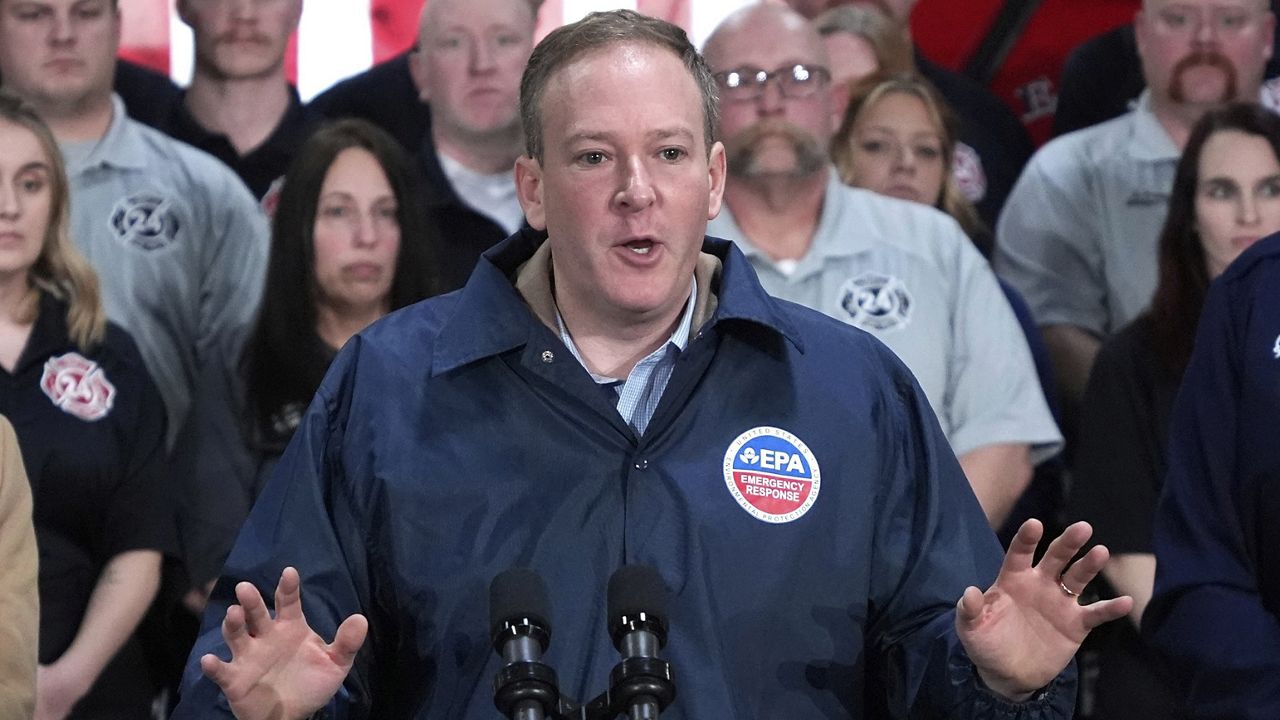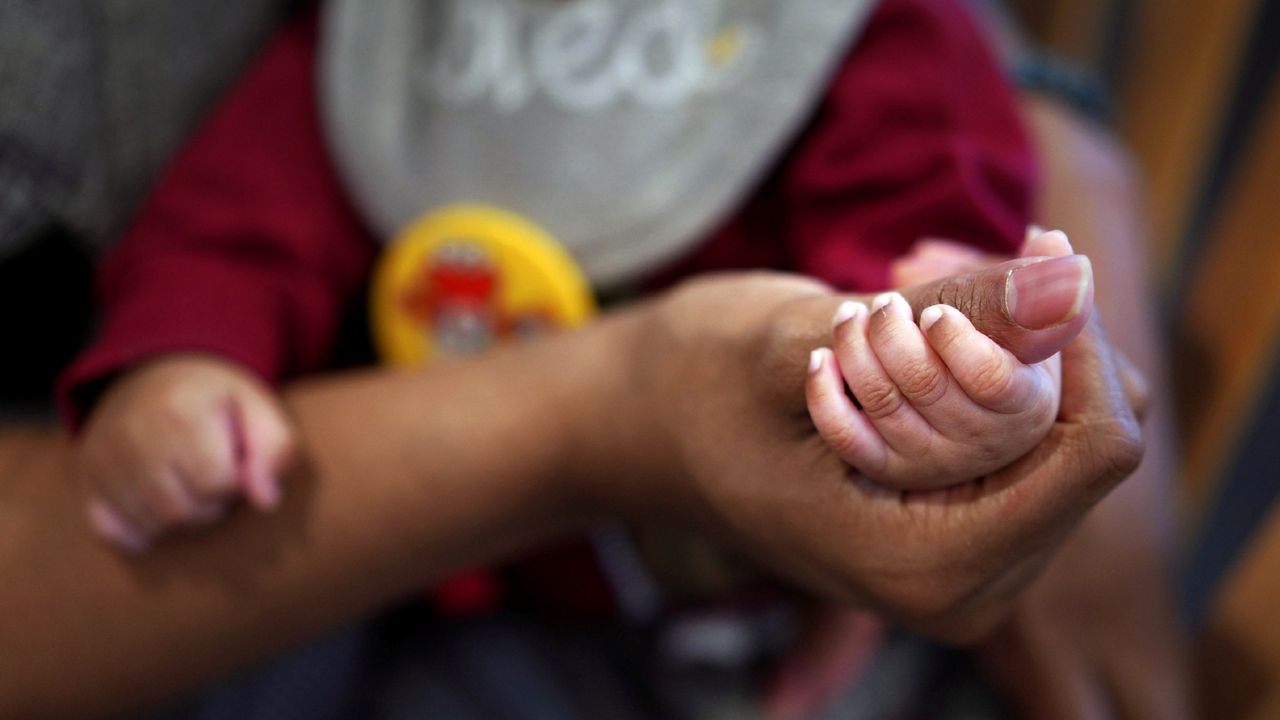Counties outside of New York City should be exempted from a proposed payroll tax increase in order to shore up the finances of the Metropolitan Transportation Authority, a bipartisan group of lawmakers from the Hudson Valley and Long Island urged in a letter released Monday.
The lawmakers -- Sens. James Skoufis, Monica Martinez, Michelle Hinchey and Rob Rolison -- questioned whether suburban communities would benefit.
"This proposal maintains the large majority of the $800 million in projected revenue by preserving the payroll tax increase in New York City," they wrote in the letter sent to Senate Majority Leader Andrea Stewart-Cousins. "The estimated fiscal impact to exempt community colleges, hospitals and non-New York City municipalities is a small fraction of the realized revenue. Thus, this plan injects hundreds of millions of new dollars into the MTA while protecting the overtaxed suburbs and correcting problems in the underlying, existing tax."
The letter is an acknolwedgement of the tricky politics of raising tax revenue from suburban commuter municipalities in order to fund the MTA. More than a decade ago, a deeply unpopular payroll tax for the New York City area was considered a factor in the Republicans' successful flip of the state Senate.
But the political reality is different in 2023: Democrats hold supermajorities in both the state Senate and Assembly despite losses in districts in the Hudson Valley and on Long Island last year.
Counties in the MTA service area receive commuter rail coverage from the authority. The tax would apply to employers within the MTA's service region, which stretches through the Hudson Valley and onto Long Island.
This year, Gov. Kathy Hochul is seeking to use revenue from the tax included in her $227 billion state budget plan to strengthen the MTA's bottomline. Hochul also wants to use money from three casino licenses to bolster the MTA.
Hochul has defended the tax plan as a relatively small amount of money in order to boost the MTA as state officials seek to also increase ridership in the wake of the COVID-19 pandemic.









